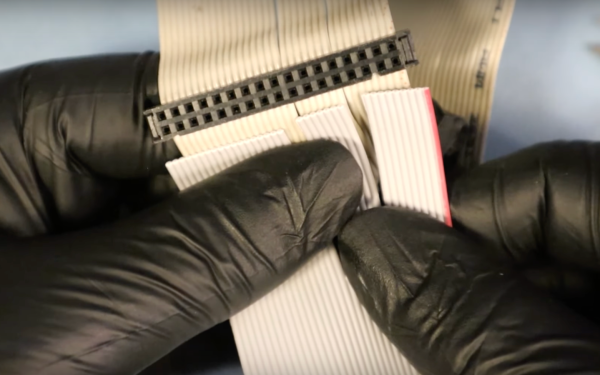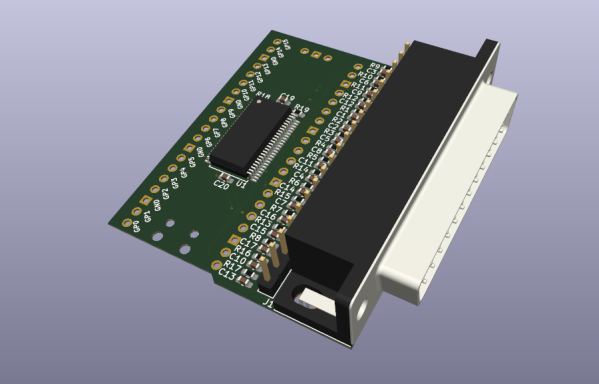What do you do with a four-megapixel monochrome digital camera from the 90s that needed a dedicated PC with a frame grabber card to do anything useful? Easy — you turn it into a point-and-shoot by building your own frame grabber.
At least that’s what [Frost Sheridan] did with a vintage Kodak MegaPlus 4.2i, a camera that was aimed at the industrial and scientific market at a time when everyone was still using film for snapshots. Making this workhorse ride again meant diving into the manual, luckily still available after all these years, and figuring out what pins on the 68 pin connector would be useful. [Frost] worked out the pins for serial commands plus the 10-bit parallel interface, although he settled for the eight most significant bits to make things simpler. A Teensy with some extra RAM and a serial interface chip takes care of sending commands to the camera and pulling pixels off the parallel interface, and a 128×160 LCD provides a much-needed viewfinder.
With a battery pack mounted the whole thing is reasonably portable, if a bit of a chore to use. It’s worth the effort, though; the picture quality is fantastic, with a wide dynamic range and plenty of contrast. Hats off to [Frost] for bringing this beauty back to life without making any permanent modifications to it.

















